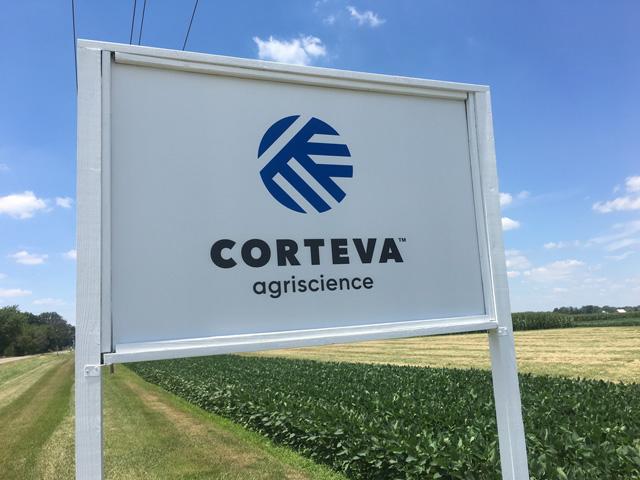Late-Term Calf Losses
Finding out why some calves are born healthy and others aren't can be a costly mystery.
Late-term calf losses can set back a cattle program and can be hard to address, because the reasons behind the loss are often unclear.
Gerald Stokka, North Dakota State University (NDSU) Extension veterinarian and livestock stewardship specialist, admits, “there are often more questions than answers, and trying to find a reason for the loss can be a complex and frustrating process.”
There are three categories of pregnancy losses in beef cattle: early embryonic death, abortion and stillbirth.
Early embryonic deaths are those that occur within the first 42 days of gestation. After the first 42 days, loss is considered an abortion. Stillborn calves are full-term but are either born dead or die within the first 24 to 48 hours.
P[L1] D[0x0] M[300x250] OOP[F] ADUNIT[] T[]
FREQUENCY FOCUS
Producers should be especially concerned if, within a herd, stillbirths are more than an occasional problem, says Janna Kincheloe, Extension livestock systems specialist at NDSU’s Hettinger Research Extension Center. The specialist notes common causes of loss include calving difficulty (dystocia), nutritional deficiencies and infectious diseases.
Dystocia can occur if calves are too big or are not situated normally in the birth canal. Stress and lack of oxygen during calving can result in stillborn calves; however, these losses often are attributed to other causes, Stokka notes. Dystocia and stillbirths are more likely to occur in first-calf heifers because of a small pelvic area and in cows that are overly conditioned or too thin.
Proper vitamin and mineral intake is essential for placental and fetal development. In particular, deficiencies of selenium, iodine, manganese and vitamins A and E may result in abortion. Some abortions in late pregnancy may also be due to injury or extreme stress in the cow because of immune challenges and weather-related issues.
DISEASE EFFECT
Infectious diseases caused by bacteria, protozoa and viruses often result in abortions and/or stillbirths in cattle. Vaccines are available to reduce the risk of losses from bacterial diseases including brucellosis, leptospirosis and vibriosis. Diseases such as trichomoniasis, sarcocystosis and neosporosis, which are caused by protozoa, can be more difficult to manage, because vaccines are unavailable or may be ineffective. Common viral diseases include bovine viral diarrhea (BVD) and infectious bovine rhinotracheitis (IBR). Vaccines to prevent losses from IBR and BVD are available and effective; however, producers need to choose their vaccine protocols wisely.
“It is important to always follow label directions when using modified live vaccines in pregnant cows, because off-label use may result in abortions,” Stokka says. “To avoid this problem, producers should vaccinate cows when they are not pregnant or consider using intranasal or vaccines labeled for use in pregnant cows.”
Laboratory diagnosis of disease issues that contribute to calf losses can be difficult, because the infectious agents often are undetectable in tissue or blood samples. The placenta often is key to obtaining a diagnosis; therefore, submitting the placenta in addition to the fetus whenever possible is very important, Kincheloe says.
“Prompt identification of aborting cows and isolation from the herd is recommended to help prevent the spread of infectious diseases, if applicable,” she adds. “It is also helpful to have cows isolated in case other samples from aborting cows are needed to try to identify abnormalities such as mineral levels and/or titers for infectious diseases.”
The specialists recommend when collecting aborted fetuses and tissues for analysis, producers use appropriate biosecurity measures, such as latex gloves and a mask.
Although diagnosis is not always possible, even with necropsy or laboratory analysis, Kincheloe says, “producers should work closely with their local veterinarians for assistance and advice with diagnosis, and to develop future herd health and vaccination strategies to minimize losses.”
[PF_0219]
Copyright 2019 DTN/The Progressive Farmer. All rights reserved.



